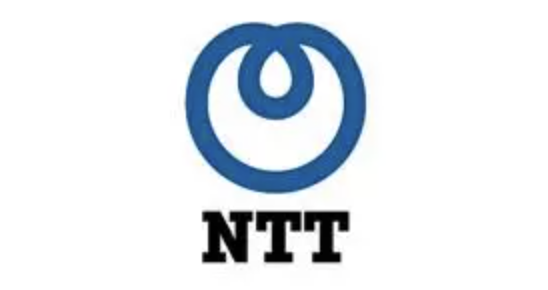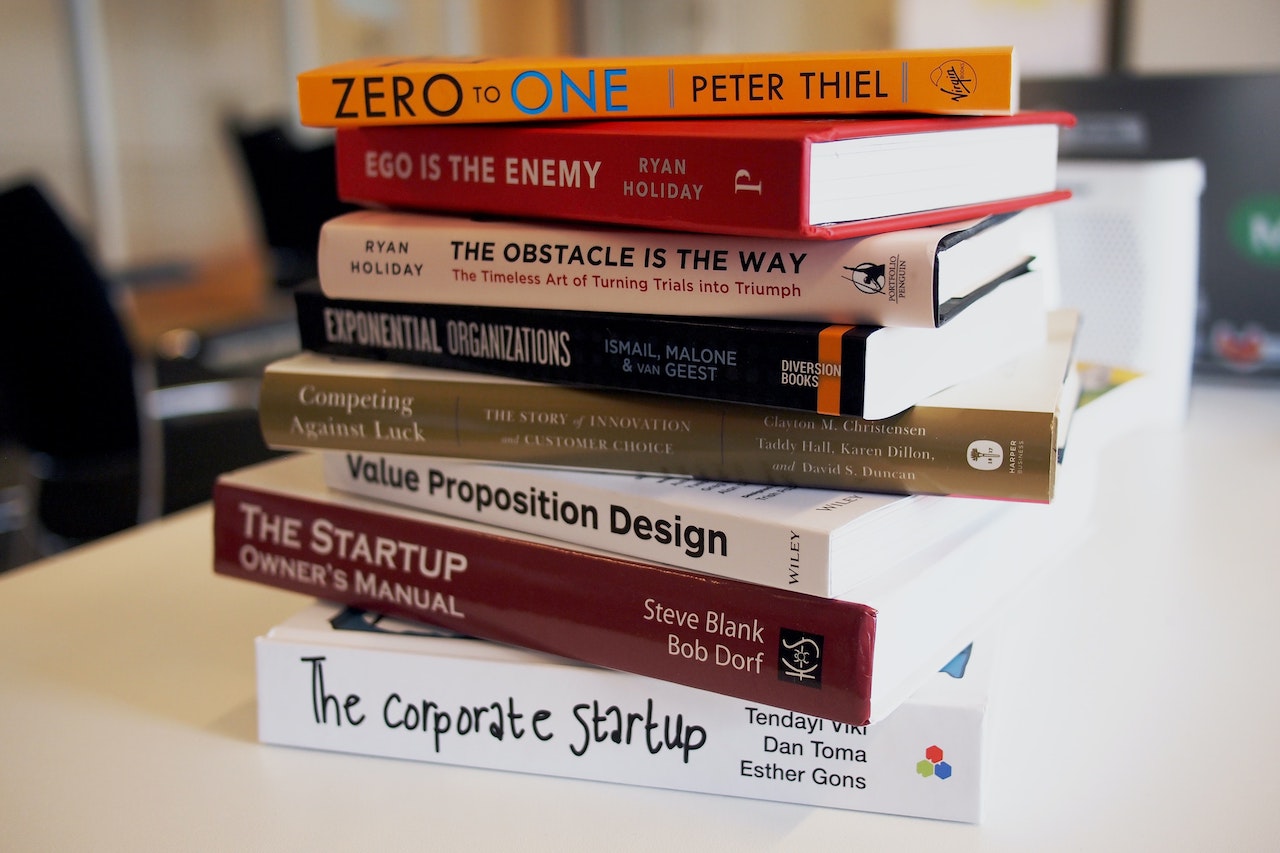
Recently marketing industry research firm Ascend 2 released a report on MarTech stack optimisation, which should be one of the industry's most informative reports to date on how to optimise MarTech and is of great importance to all marketers.
There are very important statistics in this report, such as the feedback from 71% of participants who said in the report that they would continue to invest moderately more in MarTech this year. (Some data suggests that MarTech is already worth $121 billion globally.)
The most interesting result of this article, however, is the chart at the top of this article. Participants in this study mentioned what features they would like to see MarTech vendors improve in order to better optimise and improve marketing effectiveness, and the top three of these points for improvement are
Ease of use: ease of use, i.e. higher utilisation and faster adoption by teams
Integration: the ability to integrate with other technologies in the stack
Customisation: the ability to tailor the technology to specific needs
In addition to these three, the ability to enhance the customer experience, use and process data, automate processes, and use AI and machine learning are also parts of what enterprise marketers are looking for from MarTech vendors for continuous improvement.
Ease of use, which shows that more companies have made MarTech an essential part of their marketing, is also indicative of the growing revolution that is taking place in the enterprise software space. When Warren Tomlin was chief innovation officer at IBM a few years ago, he declared that "the last best experience anyone had anywhere became the minimum expectation of the experience people need anytime, anywhere."

Business users have already had a taste of great MarTech products such as Dropbox, Sack and Zoom, which has determined that they will continue to use and will experiment more with other MarTech tool products down the road, and that user demand will drive more innovation in the MarTech space.
Second place is integration, i.e. better integration with other technologies in the stack. We live in a best-in-class cloud world and now more than ever, marketers need to choose different technology tools for their work.
Previously MarTech Today had a report in them that mentioned how and why marketers are replacing tools in the MarTech stack. "Better/easier integration" is just as important as "cost reduction" and "future considerations".
Note that "better" is not just "easier" to integrate. Not all integrations are created equally, and blindly throwing data onto an API is actually very different from supporting bi-directional data synchronisation, seamless workflow automation between applications, and application-embedded UI within major platforms.

The level of integration matters, and marketers now evaluate a particular marketing product through four levels and dimensions.
The third is customisation, the ability to tailor MarTech products to specific needs, which is another turning point for the industry. As marketing technology becomes increasingly embedded in a company's end-to-end business, the adaptability of many existing products is not enough, and business users need MarTech products that can be adapted to their original way of doing business, not the other way around.
This also means that marketing technicians, including tech-savvy marketers, have the idea of building their own applications and automation, and it's no exaggeration to say that every marketer is now an application developer and has the ability to come in and do it themselves. In this Ascend 2 study, 'ability to automate processes' ranked fifth in terms of demand, with 32% of marketers demanding greater flexibility from MarTech tools.
It is also interesting to note that 'use of AI and machine learning' came last in the study, with only 16% of marketers saying they would like more improvements. The reason for this is that good AI and machine learning is being successfully embedded in the overall product experience of many MarTech tools, and it has long been an unspoken part of better product delivery, so it doesn't need to be re-emphasised by marketers.

















